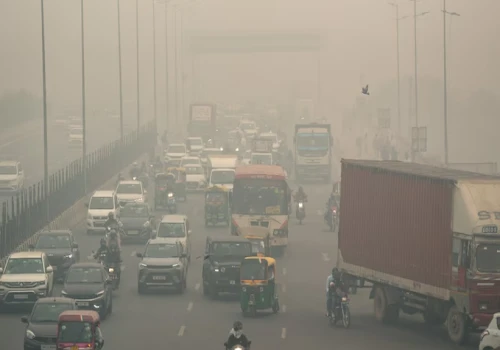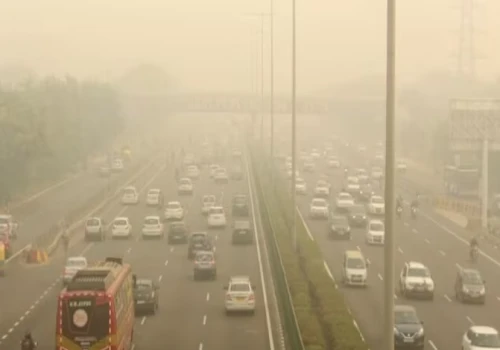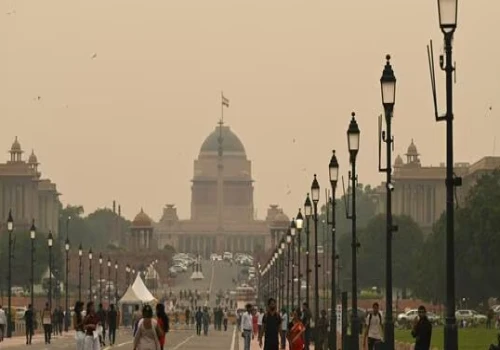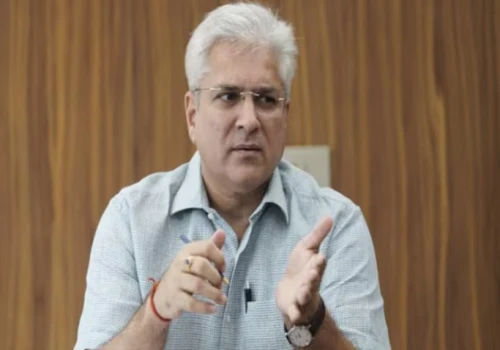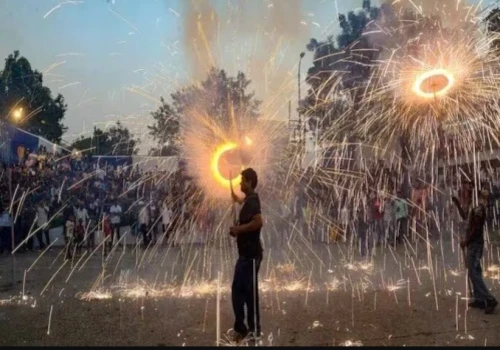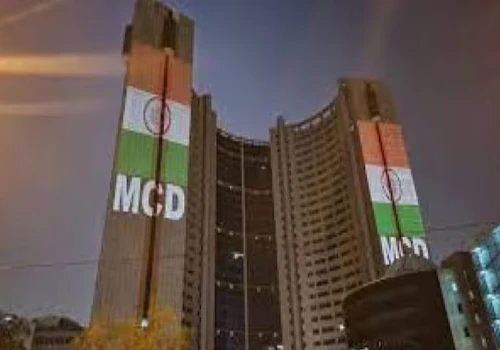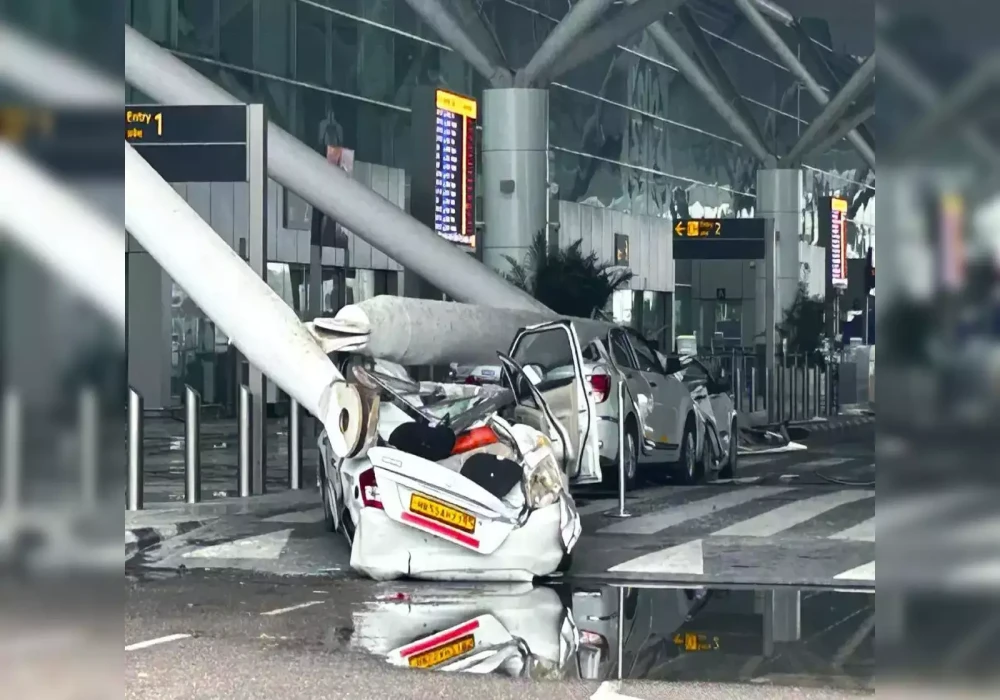
Heavy rainfall and strong winds led to flooded streets and severe traffic jams in New Delhi on Friday, causing widespread disruption across the Indian capital. The weather conditions also caused a roof collapse at the main airport, resulting in one fatality and the closure of a busy domestic terminal.
Structures collapse in heavy rain mainly due to poor construction, water damage, soil erosion, poor drainage, and landslides. Regular maintenance and good building practices can help prevent these collapses.
One main reason is poor construction. If builders use low-quality materials or do not follow proper building codes, the structure becomes weak. Heavy rain can then cause these weak buildings to fail.
Another reason is water damage. When it rains heavily, water can seep into the walls, foundations, and roofs of buildings. This can weaken the structure over time.
Additionally, heavy rain can lead to soil erosion. Erosion happens when rain washes away the soil that supports the building. Without strong soil, the building can sink or tilt and eventually collapse.
Clogged or poor drainage systems also contribute to collapses. If rainwater does not drain away properly, it can pool around the building, adding extra weight and pressure.
This extra weight can cause the structure to fail. Sometimes, heavy rain leads to landslides, which can push buildings off their foundations. Regular maintenance is important to prevent these issues.
Buildings need to be checked for cracks, leaks, and other signs of damage. Proper drainage systems should be installed and maintained. Using high-quality materials and following building codes can make structures stronger and more resistant to heavy rain.

